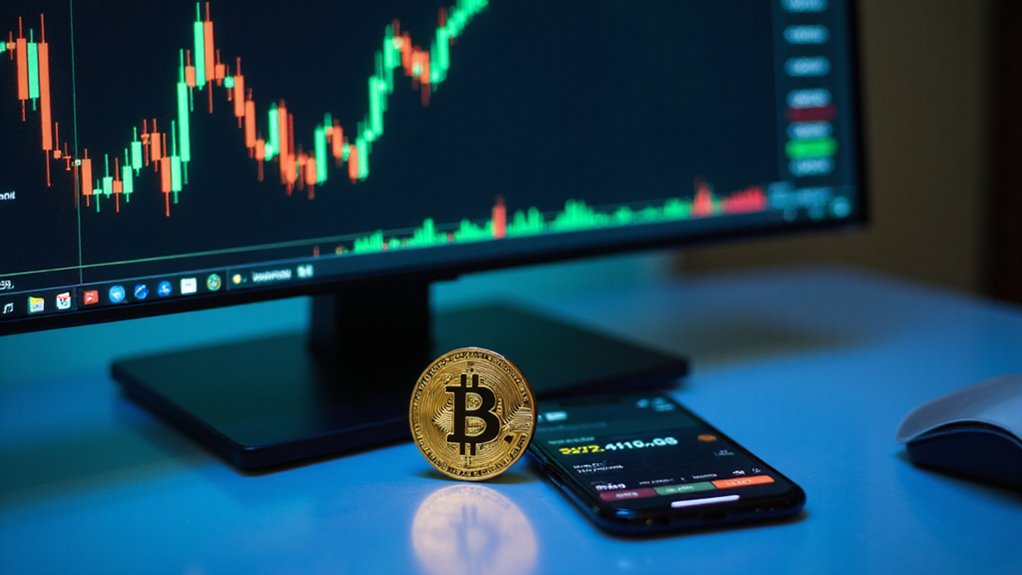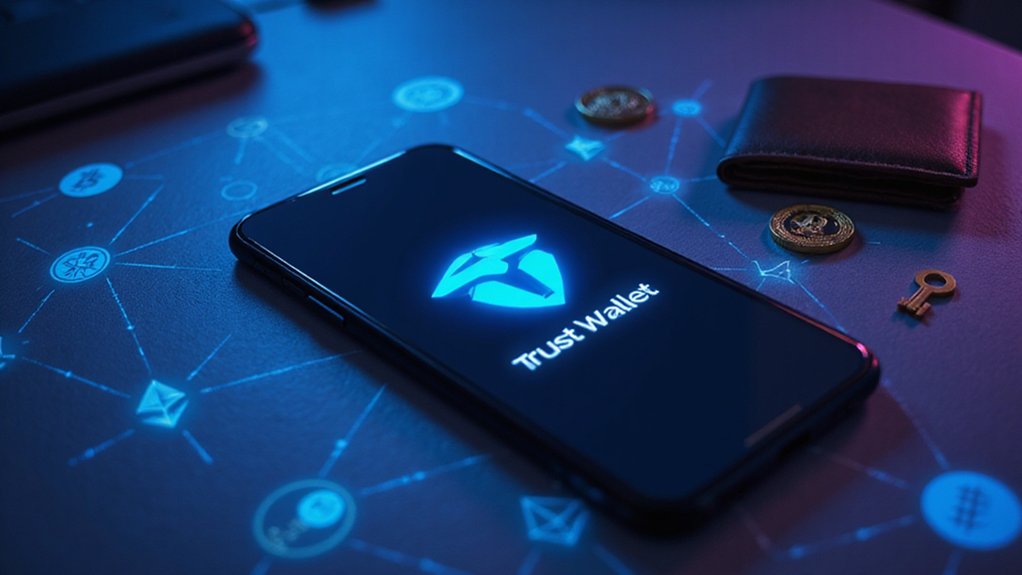A Community Takeover (CTO) in cryptocurrency occurs when developers abandon a project and token holders collectively assume control. This decentralized rescue operation—typically organized through Telegram and Discord—involves identifying abandonment, consolidating community efforts, recovering digital assets, and implementing governance structures like DAOs. Projects like Dogecoin and Hive exemplify successful CTOs, where community stewardship eliminated single points of failure and enhanced project resilience. These organic shifts from centralized development to distributed governance perfectly embody blockchain’s fundamental promise of decentralization.

What happens when the creators of a cryptocurrency project suddenly vanish into the digital ether? Enter the Community Takeover (CTO), crypto’s peculiar yet increasingly prevalent phenomenon where token holders collectively don the abandoned captain’s hat of a rudderless vessel.
This shift—from centralized development to distributed governance—represents more than mere succession planning; it embodies blockchain’s fundamental ethos of decentralization in its most organic form.
CTOs typically emerge from the ashes of developer departure, whether precipitated by financial exigencies, founder burnout, or the quintessentially crypto circumstance of undisclosed “personal reasons” (which seasoned observers recognize as euphemistic shorthand for myriad possibilities ranging from regulatory scrutiny to diminished enthusiasm).
The community, faced with their investment’s potential obsolescence, mobilizes through Telegram groups and Discord channels with remarkable alacrity. These social platforms provide the necessary communication infrastructure for organizing collective action when project owners suddenly disappear.
The mechanics of these takeovers follow a relatively standardized playbook: identification of abandonment, community consolidation, recovery of digital assets, and implementation of governance structures—typically DAOs—that distribute decision-making authority proportionally among stakeholders.
This diffusion of power paradoxically strengthens project resilience by eliminating single points of failure while enhancing legitimacy through collective input. The transition to DAOs enables communities to utilize smart contracts for transparent and automated execution of decisions based on predefined rules.
High-profile examples like Dogecoin and Hive demonstrate remarkable resilience when faced with leadership changes, often gaining stronger community support after transitioning to community governance.
Memecoin ecosystems have proven particularly fertile ground for CTOs. Without complex technical architectures requiring specialized expertise, these projects can shift to community management with relative ease.
The DOGE-inspired derivatives landscape is littered with examples of successful community resurrections that have occasionally yielded returns that would make traditional finance professionals question their career choices.¹
The sustainability of CTO-governed projects hinges on maintaining contributor motivation and technical competence without the coordinating function of hierarchical leadership.
Yet, many community-controlled projects demonstrate remarkable longevity precisely because their decentralized nature aligns incentives between developers and users in ways that traditional organizational structures cannot replicate.
In the perpetually evolving crypto ecosystem, CTOs represent not merely contingency plans but potentially superior organizational models—ones where shared ownership fosters innovation through diversity of thought rather than top-down directives.
¹Though such returns typically materialize amid broader market exuberance rather than fundamental value creation.
Frequently Asked Questions
How Does a Community Vote for a CTO Proposal?
Communities typically vote on CTO proposals through decentralized governance mechanisms.
Token holders participate in democratic decision-making processes—often facilitated by DAOs—where proposals are submitted, debated, and ultimately decided through majority consensus.
These voting systems frequently implement token-weighted ballots (where voting power corresponds with one’s holdings), transparent on-chain execution, and defined quorum requirements.
The process, while admirably egalitarian in theory, inevitably confronts the classic challenges of collective governance: coordination difficulties and the occasional domination by whale accounts.
Can CTOS Fail After Initial Implementation?
CTOs can indeed fail post-implementation for multiple reasons: governance paralysis from poorly designed voting mechanisms, technical knowledge gaps left by departing developers, volunteer fatigue depleting maintenance resources, and funding shortfalls hampering development.
Community enthusiasm often wanes after the initial takeover surge, while internal factionalism creates debilitating decision bottlenecks.
Even successful initial takeovers may gradually unravel as projects face the stark reality that community passion—however well-intentioned—rarely substitutes for structured management and sustainable funding models.
Are Community Takeovers Regulated by Government Entities?
Community takeovers generally operate in regulatory gray areas.
No specific government framework explicitly addresses CTOs, with oversight typically focusing on traditional financial instruments rather than decentralized governance shifts.
The regulatory vacuum stems from jurisdictional inconsistencies and enforcement challenges against dispersed communities lacking formal corporate structures.
While authorities may scrutinize CTOs if they involve financial misconduct or investor protection concerns, the inherent decentralization of these takeovers complicates meaningful regulation—a fact that both empowers communities and potentially exposes participants to unaddressed risks.
What Technical Skills Do Communities Need for Successful Takeovers?
Successful community takeovers require a technical toolkit spanning multiple domains.
Communities must marshal blockchain development expertise (Solidity, Rust), governance mechanism implementation, and robust security practices including multisig wallet management.
Social coordination tools—Discord servers, governance forums—prove equally essential, as do version control systems for coordinated code management.
The real challenge lies not merely in possessing these skills individually but in orchestrating them collectively across a decentralized group that lacks traditional organizational hierarchy.
How Do CTOS Affect Token Price Historically?
Historically, CTOs induce notable price volatility, with successful takeovers often generating short-term spikes driven by renewed community enthusiasm (sometimes reaching 100-300% gains).
However, long-term sustainability remains predicated on continuous engagement and technical execution.
Post-takeover trajectories typically follow three patterns: immediate failure (price collapse), temporary resurgence followed by decline (the “dead cat bounce” phenomenon), or genuine revival with sustained appreciation—the rarest outcome by far¹.
¹Market sentiment during the broader crypto cycle inevitably colors these outcomes.









